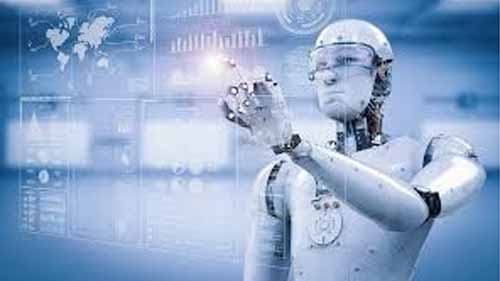
Source: hackernoon.com
In the world of business, the use of innovations in technology is inevitable and needed. It provides the perfect opportunity to increase productivity, improve product quality, and also save on costs. With this in mind, you find that most people are leaning toward getting into using technology to make their processes easier.
However, with this, you also find that the technology space features different aspects that may be confusing. For instance, the most common being automation and robotics. Most people have no idea whether these terms refer to the same thing or not. In this article, we’ll expound on both and discuss similarities or differences if any.
What is Automation?
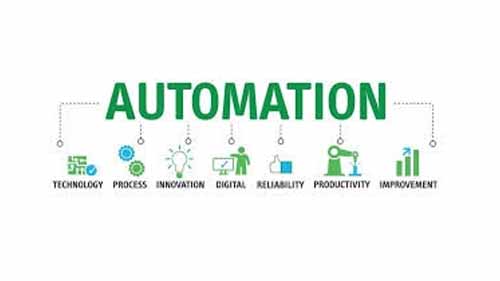
Source: www.iaasiaonline.com
The first step is to understand what automation is. Automation is used to refer to the use of different software and machines to carry out repetitive tasks that would take longer when done by humans. Automation can be applied both physically and virtually to conduct a variety of commands. As seen there are two types of automation to consider. They include:
Software Automation

Source: www.simplilearn.com
This type of automation is the most talked about in the business industry. It involves the use of software to carry out tasks that are undertaken daily by humans. It is solely virtual which requires the use of computers and the necessary knowledge to get everything in place. Software automation features different types.
Types of Software Automation
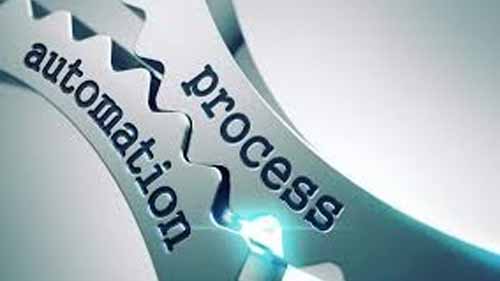
Source: www.velotrade.com
There are different types of software automation to consider depending on the requirements of your business. They include:
GUI Test Automation
This automation process features taking note of human activities on the computer by recording all that is done using a graphical user interface. Once all the data is collected, the software works on replicating the tasks done. In case of any changes, they are done at this point to tweak the outcome.
Business Process Automation
The processes involved here are designed to make business processes easier and faster. It involves formalizing your business process and incorporating automation software. This may however lead to a massive restructuring in your business processes but will be worth the changes.
Robotic Process Automation
Most people think of robotics as purely physical. However, this is not the case. The robotic process automation is used for the use of automated computer robotics. This robotic automation is designed to use computer programs the same way humans would. This will not assure efficiency in terms of results but is easier to incorporate without having to change your business processes.
Intelligent Process Automation
Intelligent process automation features the use of artificial intelligence to make the automation more precise. It uses the same software robotics as RPA but with more guarantee on the quality delivered.
Industrial Automation
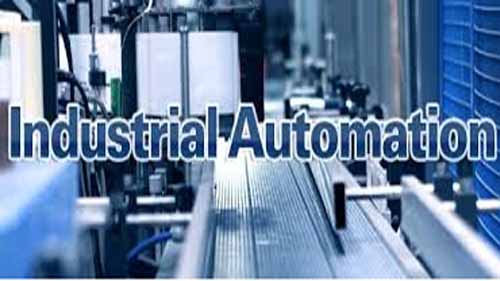
Source: kingstar.com
When it comes to industrial automation, it features the use of physical automation machines to get tasks done. It is mainly applied in industrial and manufacturing industries.
Types of Industrial Automation
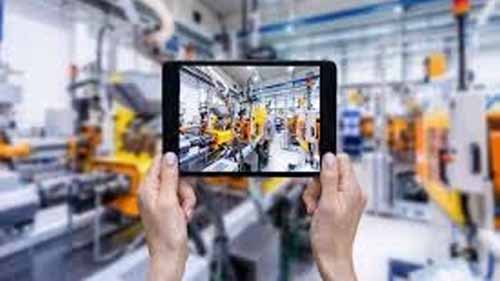
Source: blog.technavio.com
Different industries can conduct various automation tasks, it is important to get to know more about the categories with which you operate. There are several of them which include:
Fixed or Hard Automation
This automation system is designed to carry out repetitive tasks that are performed in an organization. Using this method of automation helps you to increase output rates in your business. The only downside to this is that you can’t alter your designs once it is set in motion. If you deal with goods that do not need too much manipulation, this will work great.
Programmable Automation
The programmable automation system is also planned, like the fixed system, to tackle various repetitive tasks. The key difference is, however, that you can tweak and make improvements to your designs with this method. The programmable controls that come with the device make this possible to ensure it meets your particular needs. This process is often featured in batch processing processes where medium to high quantities of goods are manufactured by the company.
Flexible or Soft Automation
If you need a more reliable system, particularly when it comes to reconfigurations when working with various goods, this is the system for you. It provides more versatility in that you can easily manipulate the controls by entering the appropriate codes in minutes. This makes this method the choice that is most favored in terms of production processes. Working with a scalable automation system helps the company to concurrently operate on its goods. Any time you want to alter goods or designs, this reduces the hassle of having to deal with multiple methods.
What is Robotics?

Source: www.educba.com
Robotic systems are programmable devices that can independently, or semi-autonomously, execute a series of actions. They work in the physical world with the help of sensors and actuators. They are more versatile than single-function systems, seeing as they are reprogrammable. They provide a more flexible way to automate tasks in a company.
Industrial Robotics
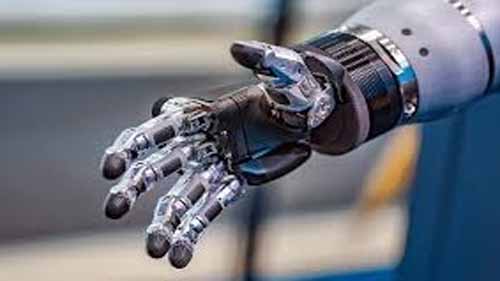
Source: italianingenio.net
This type of robotics refers to the robots used to undertake physical tasks in different industrial applications. They come in different types to ensure that they are applicable in different areas.
Types of Industrial Robotics
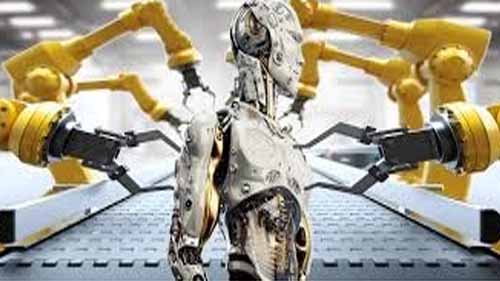
Source: www.supplychain247.com
Industrial robotics features 6 different types of robots to use. They include:
Articulated
The articulated robot comes with rotary joints and can vary from basic structures of 2 to 10 joints or more. With a rotating joint, the arm is attached to the base. Rotary joints bind the ties in the arm. An axis is featured on each joint and offers an extra degree of freedom or range of motion. Commonly, manufacturing robots have four or six axes.
Cartesian
Also referred to as rectilinear or gantry robots, they come with 3 linear joints. These robots use the Cartesian coordinate system (X, Y, and Z). To allow for rotational movement, they may also have an attached wrist. A linear motion along the axis is supplied by the three prismatic joints.
SCARA
This selectively compliant arm for robotic assembly, commonly used in assembly applications, is mainly cylindrical in design. The SCARA robot features two parallel joints that in one selected plane provide compliance.
Delta
These spider-like robots are constructed from jointed parallelograms linked to a common foundation. A single EOAT in a dome-shaped work area pushes the parallelograms. This robot configuration is capable of delicate, precise movements. It is heavily used in the food, pharmaceutical, and electronic industries.
Polar
Often termed spherical robots, they feature an arm attached to the base with a twisting joint. It also comes with a combination of two rotary joints and one linear joint in this configuration. The axes form a system of polar coordinates and construct a work envelope in spherical form.
Cylindrical
To connect the links, the robot has one rotary joint at the base and one prismatic joint. A rotational motion around the joint axis is used for the rotary joint, while the prismatic joint shifts in a linear motion.
What is the Difference Between Automation and Robotics?
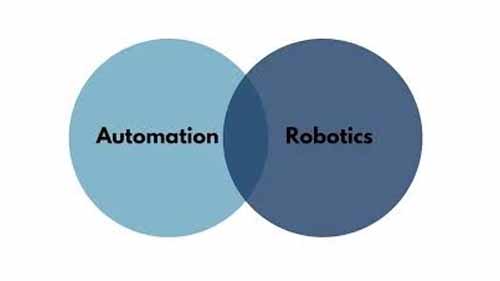
Source: www.intellichief.com
There are a few similarities when it comes to automation and robotics because they are meant to bring about the same changes in business processes. However, these two are different from each other in different aspects.
Automation
Robotics
Modifying the logic of processes in automation is easily achievable
Does not feature any underlying automation systems making it difficult to program its logic
Programming is required to since the systems are designed to use code.
Processes used in robotics do not need any kind of programming
Automation processes require a database to keep track and remember.
Robotics do not need any database given that they are designed to perform the same repetitive task.
Depending on what you want to achieve, you’ll need to find robotics that you can integrate with automation. You may be wondering does robotics equal automation? Well, this is not the case given that robotics are made to handle certain tasks. They are then integrated with automation to get the repetitive functions. Robotics and automation work well together, especially in industrial applications.
Conclusion
Automation and robotics differ but they work well together to improve your business processes and scale your productivity. Take your time to find systems that work for you and implement them into your business.
